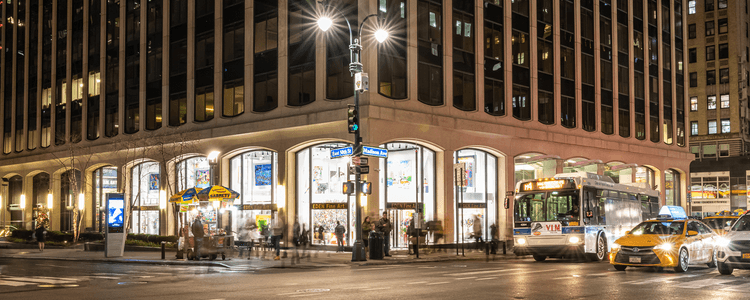Baroque art, a style that emerged in the early 17th century, represents a significant shift in artistic expression, departing from the idealized forms of the Renaissance to embrace a more dynamic, ornate, and emotionally charged approach. This period, lasting until the mid-18th century, was marked by its theatricality, rich detail, and movement, reflecting the complex social, political, and religious climate of the time.

From Caravaggio to Bernini: Exploring the Rich Tapestry of Baroque Art
Updated: December 11 2023
Originating in Rome, Italy, Baroque art was initially a response to the Protestant Reformation. The Catholic Church, seeking to reassert its authority and appeal to the masses, encouraged a new style of art and architecture that was emotionally engaging and visually spectacular. This Counter-Reformation strategy led to the creation of art that was not only beautiful but also served as a tool for religious and ideological expression.
One of the most distinctive features of Baroque art is its dramatic use of light and shadow, a technique known as chiaroscuro. Artists like Caravaggio were masters of this technique, using stark contrasts to create a sense of depth and volume and to guide the viewer's eye to the focal point of the painting. This dramatic illumination often highlighted emotional intensity and heightened the narrative impact of the artworks.
Another hallmark of Baroque art is its sense of movement. Whether in the swirling draperies of Bernini's sculptures or the dynamic compositions of Peter Paul Rubens' paintings, Baroque art seems to be in a constant state of motion. This dynamism was not just a stylistic choice but also a reflection of the tumultuous times, with Europe experiencing significant political, scientific, and social upheavals.
Baroque architecture also mirrored these themes, characterized by grandeur, opulence, and a bold combination of different arts. Architects like Gian Lorenzo Bernini and Francesco Borromini designed buildings with complex shapes, extravagant ornaments, and a strong sense of drama. The church of Sant'Ivo alla Sapienza by Borromini, for instance, is a masterpiece of Baroque architecture, showcasing an innovative use of space, light, and decorative elements to create a sense of awe.
Baroque art also spread beyond Italy to other parts of Europe, each region adapting the style to its cultural context. In the Netherlands, for instance, Baroque took a different turn, with artists like Rembrandt focusing more on realism and emotional depth rather than the ornate and theatrical style seen in Italy.
In conclusion, Baroque art was much more than an artistic movement; it was a reflection of the times. It encapsulated the complexities and contradictions of the 17th century, from religious fervor and political power struggles to scientific discoveries and explorations of human emotion. Today, Baroque art remains a testament to the enduring power of visual art to communicate, persuade, and move its audience.
RELATED ARTICLES

EDEN
Updated: December 17, 2025Inside the Minds of EDEN Art Collectors
The Collectors Behind the Canvas offers an intimate look into the lives of EDEN collectors around the world. From Abu Dhabi to Dubai, discover how Dan and Nadia Feldman and Yann and Lana Biojau live surrounded by color, creativity, and meaning—revealing ...

EDEN
Updated: December 22, 2025How to Buy Art from EDEN
How to Buy Art from EDEN is your step-by-step guide to collecting art with confidence and joy. From discovering artists online to receiving personalized consultation and seamless delivery, EDEN transforms buying art into a meaningful, guided experience ...

EDEN
Updated: October 14, 2025EDEN Gallery Madison – A Chapter Closed, A Spirit That Lives On
EDEN Art Gallery Madison opened in 2009 at 437 Madison Avenue, NYC, and remained active until 2025. Although EDEN Madison closed, its influence continues through our larger galleries in SoHo and on Fifth Avenue. The EDEN Madison story is one of growth, ...
Join Our
Stay updated with the latest from the EDEN House of Art—be the first to discover new events, collections, and more!




